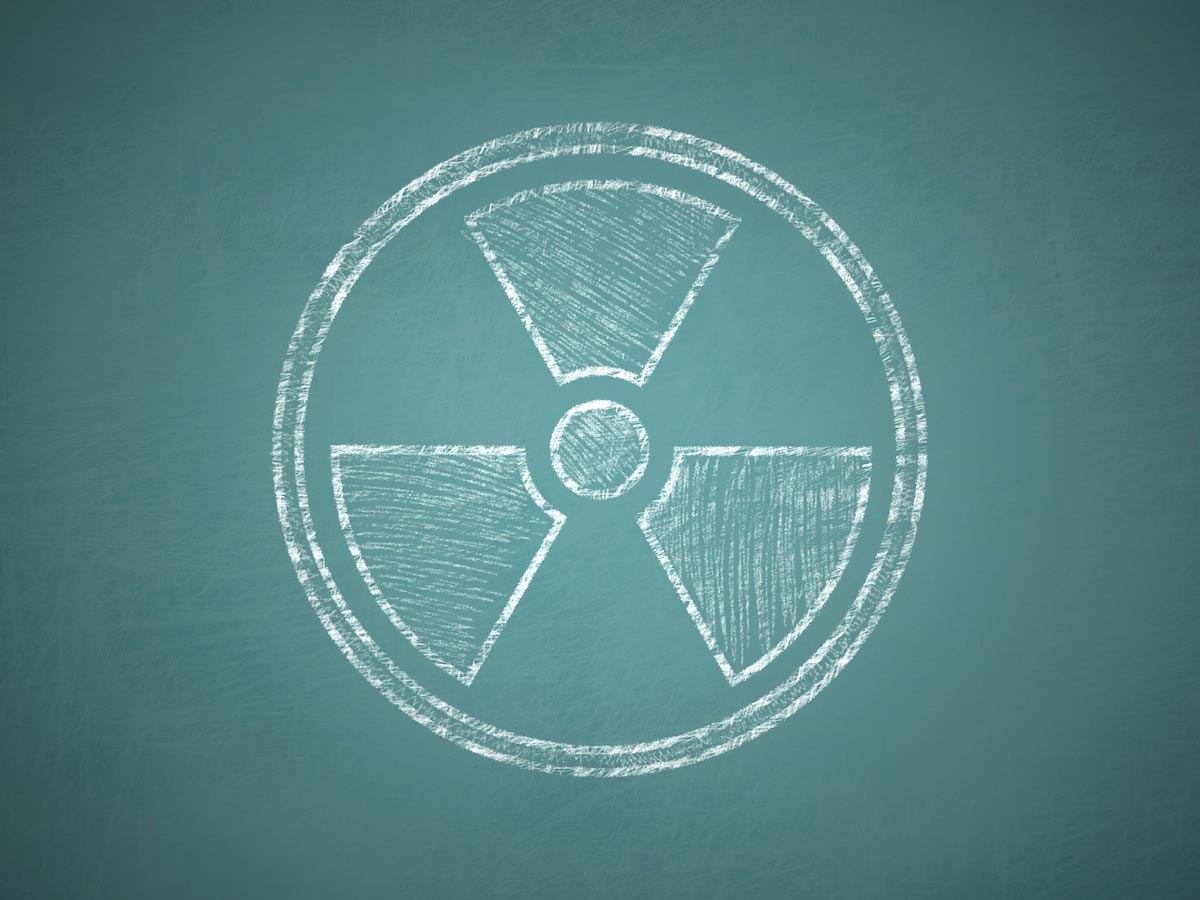China building nuclear reactors at sea so they can float in the middle of the ocean
02/08/2016 / By Chris Draper

Last August, a massive explosion at a chemical storage facility rocked the Chinese port of Tianjin, killing more than one hundred people and spewing an untold amount of toxic sodium cyanide into the environment. Despite the debacle, Beijing plans to build a new portable reactor that can float.
Authorities attempted to undermine the severity of the explosion back in August. Nevertheless, a number of unexplained episodes occurred in wake of the disaster, including a massive die-off of fish and the emergence of a mysterious white foam paving the streets after a thunderstorm.
Beijing said they would conduct an investigation about the explosion. Questions came to surface about whether warehouse authorities had connections to the Party and if those connections were responsible for why sodium cyanide in the storage facility vastly exceeded the amount permitted by law.
Beijing throws caution to the wind with new floating reactor
The incident was likened to a nuclear explosion. Nevertheless, this has not stopped Beijing from building a portable, floating nuclear reactor. China General Nuclear (CGN) anticipates they will complete and provide a demonstration of the offshore multi-purpose reactor by 2020.
The company said it is currently working on the preliminary design for a demonstration of the reactor, dubbed the ACPR50S project. The project will advance to construction starting next year.
In addition to offshore oil and gas exploration, the purpose behind the 200 MWt (60 MWe) reactor is to provide electricity, heat and desalination to islands and coastal areas.
CGN said they are developing a ACPR100 small reactor that can be used on land. This reactor will be able to churn approximately 450 MWt (140 Mwe) and is expected to provide power to major industrial parks and remote regions in the mountains. Having reactors both on shore and off adds to CGN’s large-scale plants currently in operation.
In October 2015, Lloyd’s Register of the UK declared it had made an agreement with the Nuclear Power Institute of China to help with the design and construction of a floating nuclear power plant, using a small modular reactor.
The plant would be modeled after a marine type CNNC’s ACP100 SMR design called the ACP100S. The 100 MWe began development in 2010. The preliminary drawings were finished in 2014.
Akademik Lomonosov is the only floating power plant in existence today. A pair of 35 MWe reactors like those used to power ships are being installed on the boat, which will be secured at a harbor. The Baltiysky Zavod in St. Petersburg is expected to provide the first floating nuclear reactor to Russia’s nuclear power plant operator Rosenergoatom, by September 2016.
The benefits and hurdles of offshore reactors
Floating reactors are touted for their various benefits. Their construction in a shipyard has a low environmental impact and allows decommissioning efforts to take place in a specialized facility.
On the other hand, officials need to find a way to guarantee radioactive waste from the reactor does not leak into the sea. Since CGN is an SEO, however, if something does go awry, don’t expect creators of the reactor to do anything about it.
ACPR100 has its fair share of environmental risks. Given the explosion in Beijing last year, let’s just hope history doesn’t repeat itself anytime soon.
Sources include:
(1) ZeroHedge.com
Submit a correction >>
Tagged Under:
ACPR50S project, China General Nuclear, nuclear, off shore reactor, radioactive
This article may contain statements that reflect the opinion of the author
RECENT NEWS & ARTICLES
COPYRIGHT © 2017 FUKUSHIMAWATCH.COM
All content posted on this site is protected under Free Speech. FukushimaWatch.com is not responsible for content written by contributing authors. The information on this site is provided for educational and entertainment purposes only. It is not intended as a substitute for professional advice of any kind. FukushimaWatch.com assumes no responsibility for the use or misuse of this material. All trademarks, registered trademarks and service marks mentioned on this site are the property of their respective owners.




















